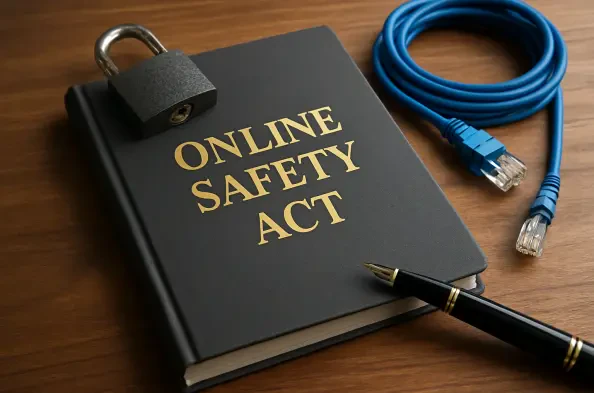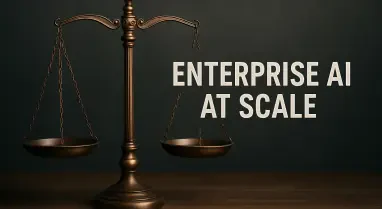What happens when the quest for a safer internet collides with the cornerstone of democracy—free speech? In the United Kingdom, this very conflict is unfolding as the Online Safety Act, now in full effect in 2025, aims to protect users, especially children, from online harms. Yet, a staggering 468,000 citizens have signed a petition to repeal it, claiming it muzzles voices and stifles open dialogue. This clash between safety and liberty is not just a policy debate; it’s a battle over the future of digital expression. How did a law meant to shield the vulnerable become a lightning rod for controversy?
The significance of this issue cannot be overstated. As the internet shapes everything from political discourse to personal connections, the balance between regulation and freedom hangs in a delicate equilibrium. This legislation doesn’t just impact tech giants; it touches every user who posts a thought or shares a video. With platforms like X, led by Elon Musk, warning of over-censorship, and the UK government standing firm on its protective intent, the stakes for both safety and speech are monumental. This story delves into the heart of a digital dilemma that could redefine how the online world operates.
A Digital Tug-of-War: Safety Versus Freedom
At the core of the debate lies a fundamental tension: can the internet be both a safe haven and a free forum? The Online Safety Act seeks to curb online harms such as cyberbullying and child exploitation by holding platforms accountable for content moderation. However, critics argue that the law’s broad reach risks silencing lawful expression, turning social media spaces into heavily policed zones where users fear speaking out.
This isn’t merely a theoretical concern. Reports from content creators on platforms like YouTube and TikTok highlight a growing unease about posts being flagged or removed without clear justification. The fear of penalties has led some platforms to preemptively censor content, even when it falls within legal bounds. As a result, the digital landscape feels increasingly constrained, raising questions about whether safety measures are worth the cost to open discourse.
The public’s response has been loud and clear. Beyond the petition numbers, protests and online campaigns have surged, with many users expressing frustration over what they see as government overreach. This groundswell of dissent underscores a broader anxiety: that in trying to protect a few, the law might undermine the freedoms of many. The challenge now is whether a middle ground can be found before trust in digital spaces erodes further.
Why Online Regulation Is Critical Today
In an age where the internet drives public opinion and democratic processes, regulating the digital realm has never been more urgent. The rise of online harms—ranging from illegal content to targeted harassment—has pushed governments worldwide to act, with the UK taking a bold step through its current legislation. This law impacts not just major players like Facebook and TikTok, but every individual navigating the web, making its implications deeply personal.
Statistics paint a stark picture of the need for action. Studies from child safety organizations indicate that over 30% of young internet users have encountered harmful material online, fueling the argument for stricter controls. Yet, the flip side reveals equal concern: a survey by a free-speech advocacy group found that 62% of UK users worry that new regulations could limit their ability to express opinions freely. This dual crisis of safety and censorship places the act at the forefront of public scrutiny.
Moreover, the timing of this law’s enforcement aligns with a global push for digital accountability, from 2025 to projected reforms in 2027 across Europe. As other nations watch the UK’s approach, the outcome could set a precedent for how democracies balance protection with liberty. Understanding the weight of this moment is essential, as the decisions made today will shape the internet’s role in society for years to come.
Dissecting the Law: Protection or Overreach?
A closer look at the Online Safety Act reveals a framework with noble aims but troubling flaws. Its primary mandate requires platforms to swiftly eliminate illegal content and safeguard children from harmful material, a goal widely supported by child welfare groups. Fines for non-compliance, which can reach millions of pounds, ensure that companies prioritize these responsibilities, aiming to create a cleaner digital environment.
Yet, the devil lies in the details. Critics, including X, point to the act’s vague language around “harmful” content, which could encompass legal but controversial opinions. This ambiguity, they argue, encourages platforms to over-censor to avoid penalties, as seen in user reports of benign posts being removed without explanation. Additionally, privacy concerns emerge with mandatory age verification for accessing certain content, such as pornography, which may require uploading sensitive personal data—a risk many users find unacceptable.
The enforcement mechanism adds another layer of contention. Ofcom, the designated regulator, has already begun investigating compliance among adult content providers, signaling a no-nonsense approach. While supporters view this as proof of the law’s teeth, detractors warn that such aggressive oversight could chill free expression across all platforms. These competing realities highlight a policy caught between its protective intent and the unintended consequences of its execution.
Stakeholders Speak Out: Conflict in the Digital Arena
The controversy surrounding the act is far from abstract—it’s fueled by passionate voices on all sides. X, under Elon Musk’s leadership, has emerged as a vocal opponent, labeling the law “heavy-handed” and a direct threat to free speech. Their stance resonates with content creators and free-speech advocates who fear a future where platforms like TikTok and YouTube become echo chambers of approved narratives due to excessive moderation.
Conversely, the UK government remains unwavering in its defense. Technology Secretary Peter Kyle has publicly dismissed critics, accusing them of enabling online predators by opposing the law. This hardline position frames the legislation as a moral imperative, prioritizing child safety over what they see as abstract concerns about expression. Such rhetoric has only deepened the divide, turning the debate into a polarized standoff.
Caught in the middle are users and smaller platforms, whose perspectives often get drowned out. Many express frustration over the lack of transparency in how content decisions are made under the act’s guidelines. Meanwhile, Ofcom’s ongoing probes into compliance signal that enforcement will not slow down, regardless of public outcry. This clash of viewpoints—rooted in real statements and actions—illustrates a rift that demands dialogue if any resolution is to be reached.
Finding Equilibrium: Steps Toward Reform
Navigating the tension between safety and speech requires practical, collaborative solutions. One starting point is refining the act’s definitions of “harmful” content to prevent overreach, ensuring only genuinely dangerous material is targeted. Stakeholders, including platforms and regulators, must work together to establish clear, narrow guidelines that protect without stifling lawful dialogue.
Privacy also needs urgent attention. Alternatives to invasive age verification, such as anonymized third-party systems, could mitigate risks of data exposure while still restricting access to inappropriate content. Public input should play a role here, with forums and consultations allowing users to voice concerns and shape reforms. Empowering individuals in this process is crucial to rebuilding trust in digital governance.
Finally, transparency from platforms like X can set a powerful example. By openly documenting how they moderate content under the act, companies can hold regulators accountable and provide users with insight into decision-making. These steps, if pursued from 2025 onward, offer a path to balance, ensuring the internet remains both a safe space and a vibrant forum for ideas. Engaging in this debate is not just an option—it’s a necessity for anyone who values their digital rights.
Reflecting on a Digital Crossroads
Looking back, the rollout of the Online Safety Act marked a pivotal moment in the UK’s digital history, igniting fierce debates over the boundaries of regulation. The law’s intent to shield users from harm clashed with widespread fears of censorship, as evidenced by X’s outspoken criticism and the public’s massive petition effort. This tension revealed the complexity of governing an ever-evolving online world.
What stood out was the stark division between the government’s protective stance and the concerns of platforms and users alike. While Ofcom’s enforcement actions showed determination, they also amplified worries about privacy and overreach. The voices of dissent, from content creators to everyday citizens, painted a picture of an internet at risk of losing its openness.
Moving forward, the focus shifted to actionable reforms—clearer guidelines, privacy safeguards, and transparent moderation practices emerged as critical needs. Beyond policy tweaks, fostering ongoing dialogue between all parties became essential to ensure neither safety nor speech was sacrificed. This chapter closed with a renewed call for balance, urging stakeholders to prioritize collaboration in shaping a digital future that serves everyone.






